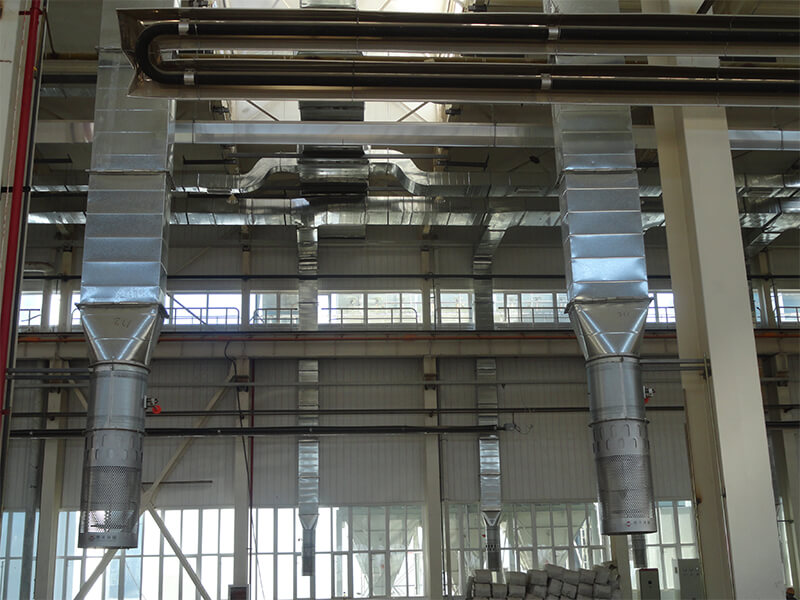11 月 . 21, 2024 21:26 Back to list
investment casting manufacturer
Investment Casting Manufacturer Precision and Innovation in Metal Fabrication
Investment casting, also known as lost-wax casting, is one of the oldest and most versatile manufacturing processes known to mankind. This sophisticated technique allows for the production of highly complex metal components with remarkable precision and surface finish. Investment casting manufacturers play a vital role in numerous industries, including aerospace, automotive, medical, and military sectors. As technology continues to advance, the capabilities of investment casting have expanded, making it a preferred choice for producing intricate parts with tight tolerances.
The Investment Casting Process
The investment casting process begins with creating a model, typically made from wax or a polymer material. Once the model is produced, it is coated with a ceramic slurry, which hardens to form a shell around the model. The shell is then heated, causing the wax to melt away, hence the name lost-wax casting. This process creates a hollow mold that perfectly reflects the dimensions of the original model.
Next, molten metal is poured into the mold, filling the void left by the wax. After the metal solidifies, the ceramic shell is broken away to reveal the cast part. The resulting component can be finished through various processes like machining, polishing, or surface treatment to achieve the desired specifications.
Advantages of Investment Casting
1. Precision and Detail Investment casting is known for its ability to produce parts with fine details and complex geometries. This makes it an ideal choice for industries requiring intricate designs and high levels of precision.
2. Material Versatility Investment casting can be performed with a wide range of metals and alloys, including stainless steel, carbon steel, aluminum, and nickel-based alloys. This versatility allows manufacturers to select the best material for specific applications, enhancing performance and durability.
3. Reduced Waste The investment casting process is highly efficient, as it minimizes material waste. Unlike traditional machining processes, which often involve cutting away excess material, investment casting optimizes material use, resulting in lower costs and a more sustainable manufacturing option.
4. Manufacturing Low to High Volumes Investment casting is suitable for both low-volume production and high-volume runs. This scalability enables manufacturers to cater to various market needs, from prototype development to mass production.
investment casting manufacturer

5. Tight Tolerances Investment casting manufacturers can achieve tight tolerances, often in the range of ±0.005 inches depending on the part's dimensions. This level of accuracy is crucial in industries such as aerospace and medical devices, where component reliability is paramount.
Challenges in Investment Casting
While investment casting offers numerous advantages, it is not without its challenges. The initial setup cost can be high, particularly for small-scale operations or start-ups. Creating the wax models and ceramic molds requires skilled labor and precise equipment, which can contribute to higher production costs.
Additionally, achieving perfect surface quality can be complex, requiring careful control of casting parameters and post-processing. Manufacturers must invest in advanced inspection technologies and quality control measures to ensure that parts meet stringent industry standards.
The Future of Investment Casting
As technology evolves, investment casting manufacturers are embracing innovations that enhance their capabilities. The integration of computer-aided design (CAD) and computer-aided manufacturing (CAM) software allows for more efficient design processes and better production planning. Additionally, advancements in additive manufacturing (3D printing) are leading to new approaches in creating patterns for investment casting, further reducing lead times and costs.
Sustainability is also becoming a focal point for investment casting manufacturers. Companies are exploring ways to reduce energy consumption and utilize eco-friendly materials and processes to meet the growing demand for environmentally responsible manufacturing practices.
Conclusion
Investment casting remains a leading choice for producing intricate and precise metal components across various industries. The role of investment casting manufacturers is critical in driving innovation, quality, and efficiency in the production process. As advancements in technology continue to redefine the limits of what can be achieved through investment casting, manufacturers are poised to meet the evolving demands of the marketplace while adhering to rigorous standards of quality and sustainability. With its unique blend of craftsmanship and cutting-edge technology, investment casting is set to play an even more significant role in the future of manufacturing.
-
Durable Cast Steel Concrete Pipe Mold Bottom Rings & Base Trays
NewsAug.23,2025
-
Centrifugally Cast Iron Water Main Pipe for Reliable Mains
NewsAug.22,2025
-
Durable Centrifugally Cast Iron Water Main Pipe
NewsAug.11,2025
-
Centrifugally Cast Iron Water Main Pipes for Reliability
NewsAug.10,2025
-
High-Quality Centrifugally Cast Iron Water Main Pipes
NewsAug.09,2025
-
Durable Cast Iron Water Main Pipe & Drainage Solutions
NewsAug.08,2025


